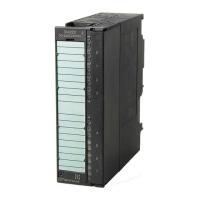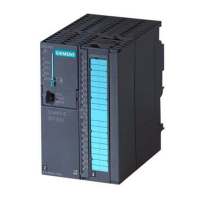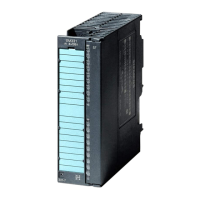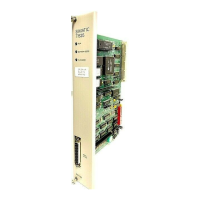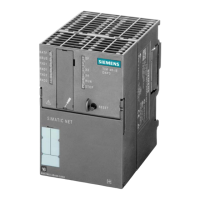Linking and Synchronizing
6-19
Automation System S7-400H Fault-tolerant Systems
A5E00068197-07
Table 6-2 Premium for the monitoring times of redundant I/O
Module type
Premium in ms
ET200M: standard output modules 2
ET200M: HART output modules 10
ET200M: fail-safe output modules 50
ET200L-SC with analog output modules ≤ 80
ET200S with analog output modules or technology modules ≤ 20
Perform the following steps:
• Determine the premium form the table. If several module types in the table are
used in Redundant mode, take the highest premium.
• Add it to the monitoring times already determined.
Configuration of the monitoring times
When configuring the monitoring times you must note the following dependencies;
conformity will be checked by STEP 7:
max. scan–cycle time extension
> max. communication delay
> (max. blocking time for priority classes > 15)
> min. I/O retention time
If, in the case of link-up and update with master/standby switch-over, the CPUs
have been configured with different values for a monitoring function then the higher
of the two values will be used.
Calculating the minimum I/O retention time (T
PH
)
The following applies to the calculation of the minimum I/O retention time:
• with central I/O: T
PH
= 30 ms
• with distributed I/O: T
PH
= 3 × T
TRmax
where T
TRmax
= maximum target rotation time
of all DP master systems of the fault-tolerant station
With the use of central and distributed I/O the resulting minimum I/O retention time
is:
T
PH
= MAX (30 ms, 3 × T
TRmax
)

